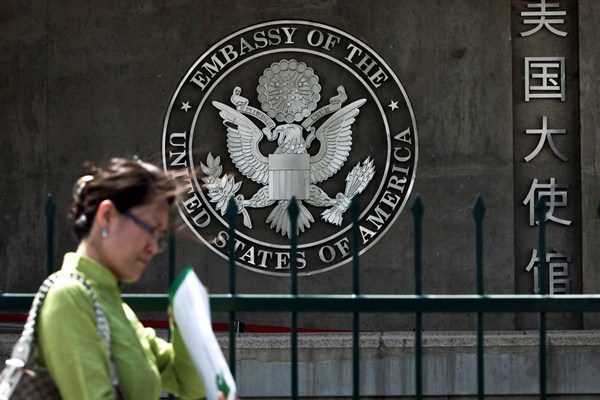It’s not every day that one gets a chance to assess a Trump administration decision made on what looks like solid foreign policy principles. But unexpectedly last week, the State Department announced that it had established new rules governing the activities of Chinese diplomats posted to the United States. The changes require Chinese envoys to notify the State Department in advance of “official meetings with representatives of states, local and municipal governments; official visits to educational institutions and official visits to research institutions” in the U.S.
Since the rationale given for this measure was reciprocity, meaning that Washington claims to be merely applying some of the conditions that Beijing imposes on the activities of American diplomats in China, one might easily conclude there’s not much to see here, and simply applaud the measure as long overdue. But there is more here than meets the eye.
Reciprocity is usually a sound basis for relations between peer states and competitors, but how one pushes for it matters almost as much as the goals of fairness and equality themselves. As these new diplomatic rules suggest, there has long been an imbalance between how Chinese officials are allowed to circulate in American society and engage with people and what U.S. diplomats are permitted to do when they take up posts in China.

